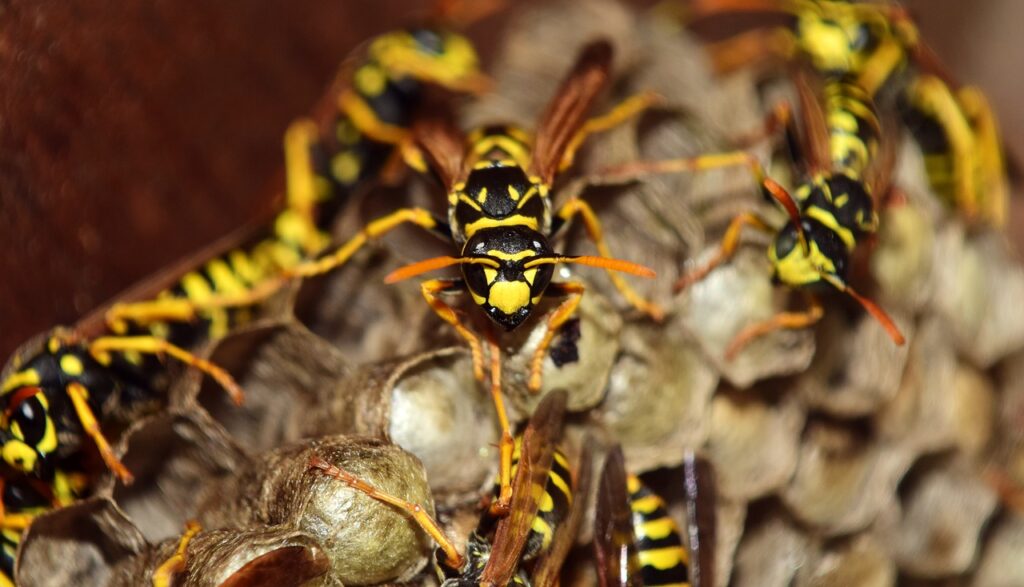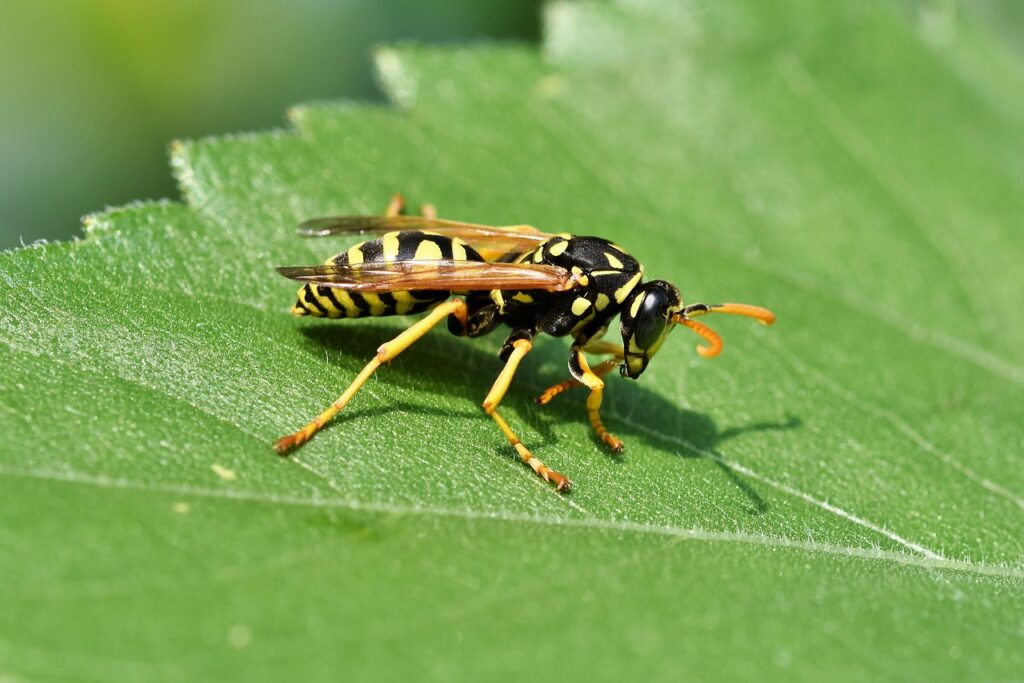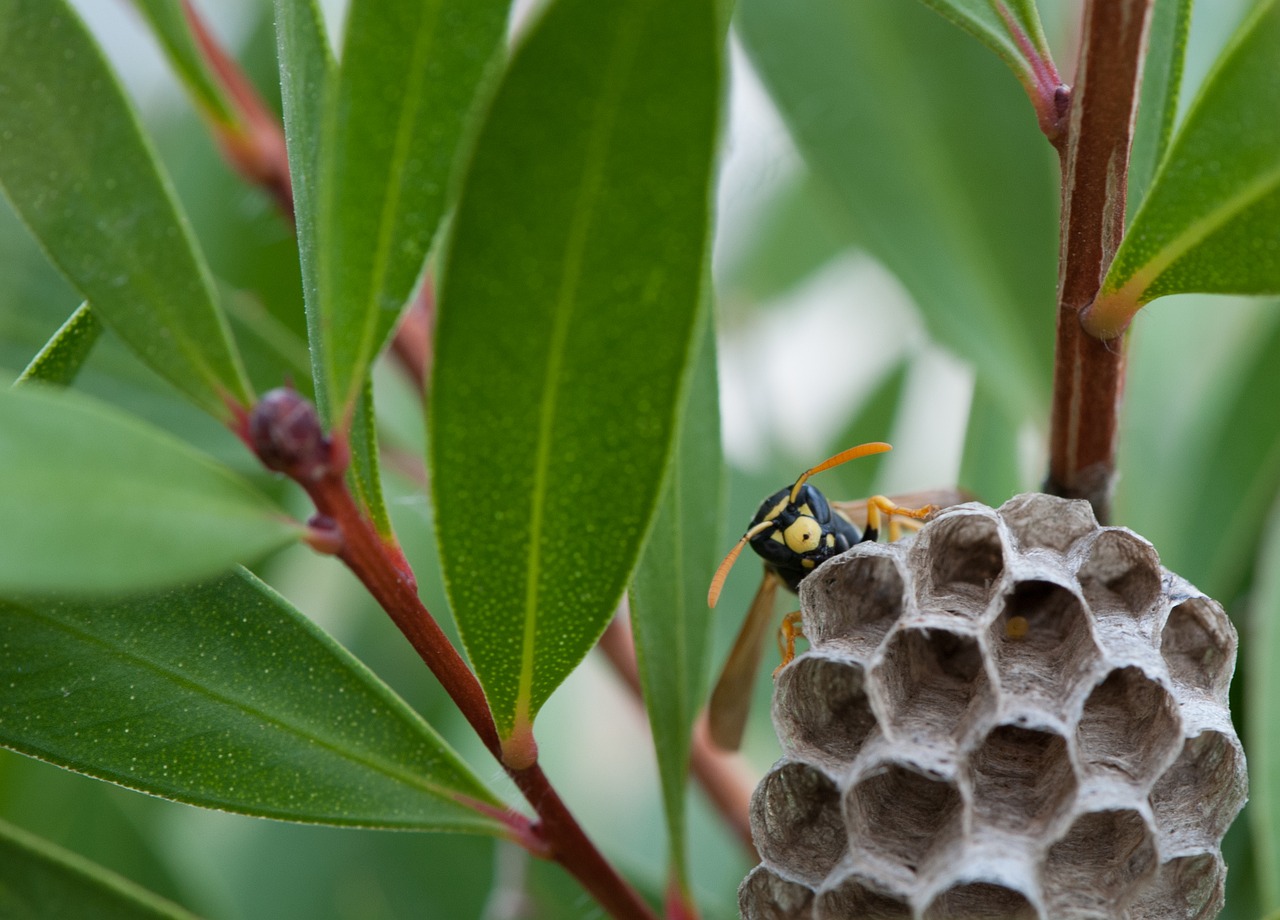Nobody wants wasps on their property. This is because wasps are potentially dangerous — their stings can, in some circumstances, prove lethal! When you see a wasp infestation, you want to get rid of the nest as soon as possible to avoid the dangers. But when is it safe to remove a wasp nest?
When to remove a wasp nest
The best way to deal with a wasp nest is to get the help of pest control professionals, especially if you are not sure if the wasp nest is active or dormant. An active wasp nest is dangerous because it has wasps inside ready to fight off those who will try to get rid of it. A dormant wasp nest is more manageable because it doesn’t have the same risks.
- It is a dormant wasp nest. Wasps naturally die off during the colder months because of the lack of resources. This is part of the reason why some people choose to leave wasp nests alone and just wait for them to naturally die. You know the wasp nest is dormant if you don’t see wasp activity in the vicinity. It is completely safe to remove this kind of wasp nest.
- Wasp season is almost over. Wasp populations peak during the warmer months. Spring and summer have the perfect warmth that helps wasp prey thrive. The more prey they can hunt, the more their nest grows. The warmer months of the year are basically wasp season. During the colder months, wasp populations decrease, making active wasp nests a little more manageable.
- It is nighttime. It’s not the best idea to get rid of an active wasp nest yourself. But if you really want to pursue it, make sure to do it at nighttime. Wasps are less active during this time of day, so they are more vulnerable and less likely to sting.

How to remove a wasp nest effectively
If the wasp nest is dormant, its removal is not really urgent. Wasps don’t reuse nests once they have abandoned them. But this doesn’t mean it’s perfectly okay to leave dormant wasp nests. They may still attract other pests and they can be very unsightly.
- Call a pest control professional. This can’t be stressed enough — your best bet is calling a pest control professional. You can get rid of wasp nests yourself with commercial pesticides. But pest control professionals have access to more powerful ingredients that are not available to the public. They don’t just have the tools. They also have the knowledge on how to deal with these pests effectively.
- Scrape it off and put it in a plastic bag. Scrape off the wasp nest from the surface it is attached to and put it in a plastic bag. This is pretty straightforward if you are dealing with a dormant wasp nest. But it can be very tricky if you are dealing with an active one. Make sure to do this at night to reduce the risk of wasp stings. Protect yourself too with long-sleeved shirts, pants, and masks.
- Clean the affected area thoroughly. Some wasps build their nests on decks, eaves, patios, and other parts of your home. Some build their nests underground in your garden, lawn, yard, and even your driveway. These wasp nests have one thing in common — they may be hard to completely scrape off without leaving some kind of residue. After scraping off the nest bothering your property, clean the affected area with a brush and a cleaning solution.
How not to remove a wasp nest
If you are not removing the wasp nest properly, you are putting yourself in danger of wasp stings. These stings are not just painful. They can also be life-threatening in the right conditions. Improper removal also puts your property at risk of structural damage.
- Avoid DIY methods as much as possible. DIY methods are great. They use accessible and cheap materials. Sure, they can be effective in getting rid of wasp infestations. But their effectiveness can also spell trouble for your home. For instance, it’s common advice to pour soapy water on wasp nests. But this can actually ruin your property if the wasp nest is inside a wall. Only use DIY methods if they don’t put your property at risk. If you really want to get rid of the wasp nest yourself, a powerful vacuum or a commercial pesticide may be the most ideal and least damaging solution.
- Don’t smack it. Using a baseball bat or some sturdy object is the least intelligent and safe way to remove a wasp nest. Wasps are very aggressive, especially when they feel they are threatened. Nothing screams threat louder than a person smacking their nest with a baseball bat. This puts you at high risk of wasp stings. Avoid using this method.
- Don’t burn it. Wasp nests are made of chewed wood. They look like they are made out of a paper-like material. This is exactly the reason why you should not burn a wasp nest, especially if it is attached somewhere in your home. The fire can get out of control fast because wasp nests are inherently flammable. This puts you at risk of burns too.

How to avoid wasp infestations in the future
Sure, there are some safe ways to remove a wasp nest. But one thing is ultimately safer – not having a wasp nest on your property in the first place. Here are some things you can do to prevent wasps from coming back.
- Seal all cracks and holes. Wasps like to nest in cracks and holes, particularly the ones on your walls. If you don’t want to attract these pests, look for these damages around your property and seal them. Cracks and holes also serve as passageways for other small pests, like cockroaches and rats, so you have every incentive to seal them immediately.
- Make food and water inaccessible. Food and water out in the open attract various kinds of pests, including wasps. These stinging pests are particularly attracted to protein-rich foods during the warmer months and sweet foods during the colder months, so focus on making these foods inaccessible. Don’t forget your garbage cans too. They can also be incredible sources of food and water.
- Have a regular pest inspection. Pest control professionals can regularly inspect your home to see lapses in your preventive measures. They can also spray pesticides with residual effects to prevent pests in the foreseeable future.

